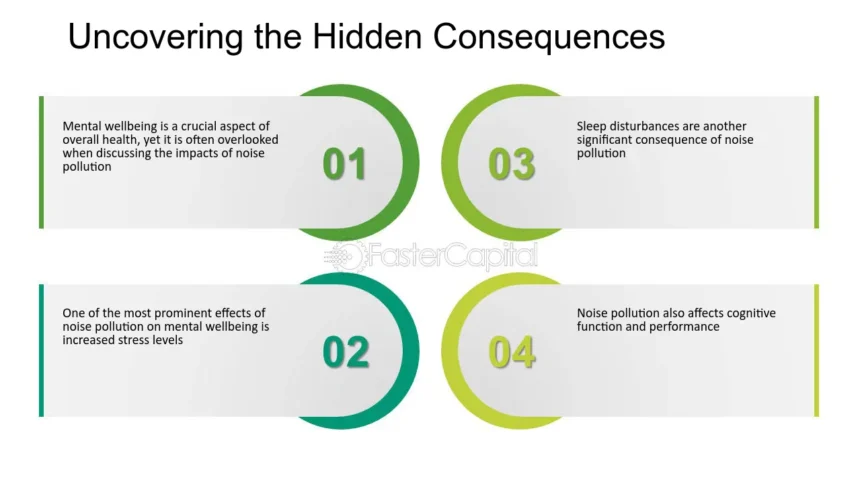Noise: The Invisible Killer in All Our Lives
Across the globe, we find ourselves surrounded by an unseen menace that is quietly eroding our health—noise pollution. This pervasive presence often goes unnoticed, yet it has severe consequences, contributing to conditions such as heart disease, type 2 diabetes, and even dementia. In our increasingly urbanized world, the hazardous impact of noise extends far beyond mere auditory discomfort, with experts alerting us that it poses a significant public health crisis.
Understanding the Dangers of Noise
Professor Charlotte Clark from St George’s University in London emphasizes that rising numbers of individuals are unwittingly subjected to harmful noise levels in their everyday environments, igniting a public health discussion that remains largely unaddressed. To explore the physical toll of noise, I visited a sound laboratory to witness how sound influences our bodily responses.
Accompanied by a heart rate monitor, which resembled a smartwatch, I underwent tests involving various sounds. From the cacophony of Dhaka’s traffic—acknowledged as the world’s noisiest city—to the soothing ambience of children playing, my physiological reactions were alarming. The effect of harsh traffic noise increased my heart rate significantly, while sounds from joyous playgrounds provided a calming effect. Professor Clark suggests the deep-rooted connection between sound and our emotional responses—a concept that explains why our bodies react negatively to excessive noise.
Beneath the Surface
Sound is not merely background noise; it triggers an emotional response. When harmful sounds reach our ears, the brain’s amygdala springs into action, initiating stress responses which, over time, can lead to severe health consequences like heart attacks and high blood pressure. Shockingly, this biological response does not cease during sleep. Even when we feel we are adapting, our bodies remain attuned to disturbing noises, generating stress hormones while we rest.
- Key Sources of Noise:
- Traffic (vehicles, trains, and airplanes)
- Public entertainment (parties, concerts)
- Urban environments (street noise)
Personal Stories of Impact
In the heart of Barcelona, I met Coco, a resident grappling with incessant noise in her historic apartment located in Vila de Gràcia. Although captivated by the vibrant community and breathtaking views of the Sagrada Familia, she finds herself on the brink of relocation due to noise disturbances affecting her health. With complaints of chest pain linked to stress from incessant noise, Coco laments her home, which should serve as a sanctuary, has become a source of distress.
Dr. Maria Foraster, who conducted research on the correlation between noise and health for the World Health Organization, estimates that in Barcelona alone, around 300 heart attacks occur annually due to traffic noise, demonstrating its far-reaching implications.
| Health Impacts of Noise | Statistics |
|---|---|
| Estimated Annual Heart Attacks in Barcelona Due to Traffic Noise | 300 cases |
| European Annual Early Deaths Linked to Noise | 12,000 cases |
| Projected Reduction in Noise Related Deaths from Superblocks in Barcelona | 150 cases |
Potential Solutions
Among proposed solutions is the introduction of pedestrian-friendly “superblocks” in urban areas, which could significantly reduce noise levels. Dr. Natalie Mueller from the Barcelona Institute for Global Health reports a projected 5-10% reduction in city noise through these superblocks, potentially preventing numerous premature deaths annually. However, the initiative has seen slow implementation, with only a handful of these areas established to date.
As urbanization accelerates and city populations swell, the urgency for noise management grows ever more pressing. Artists and activists, such as Mominur Rahman Royal in Dhaka, are beginning to advocate for quieter cities, calling attention to the health risks posed by excessive noise and seeking community action to mitigate these concerns.
In conclusion, while our lives become ever noisier, a collective recognition of noise pollution as a health hazard could spark essential discussions and prompt actions geared toward fostering quieter environments for everyone. As Dr. Masrur Abdul Quader aptly notes, noise represents “a silent killer and a slow poison” that we must learn to address.




